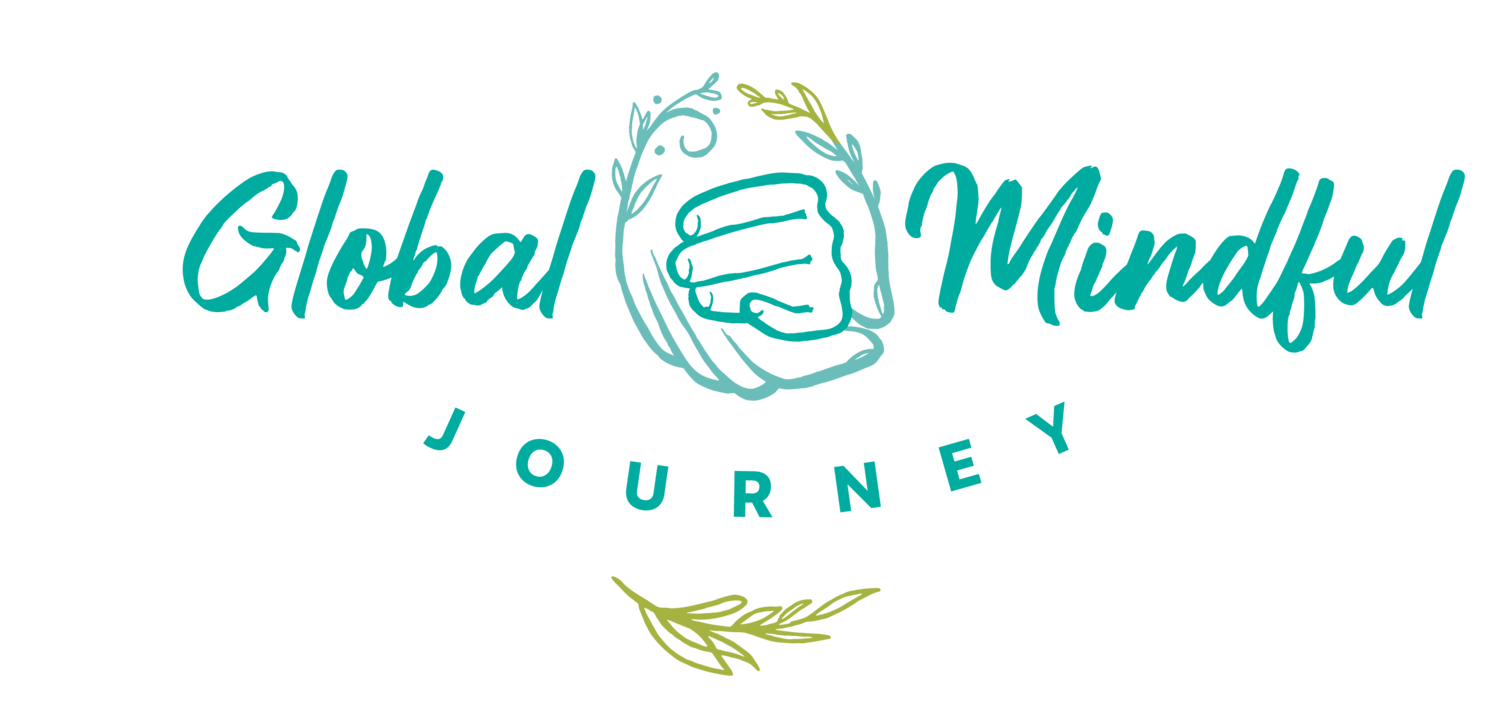Book Review: Marie Kondo's ‘Kurashi at Home’
The new year is a wonderful way to begin living with intention in your home and a great book to inspire you to get started is Marie Kondo’s latest book 'Kurashi at Home'. With beautiful photographs of stunning homes and the author herself, this easy-to-read book is one you will come back to again and again!
Here are 5 of my favourite quotes from the book that is sure to encourage and motivate you to get started on your own ‘tidying festivals’!
“The ideal 'kurashi' means the ideal way of spending our time (separate from the 'ideal home').
The ideal lifestyle refers to what we do, not to where we live”
1. The ideal 'kurashi' means the ideal way of spending our time (separate from the 'ideal home'). The ideal lifestyle refers to what we do, not to where we live.
The KonMari® Tidying Method is so much more than using organising products and trying to achieve a picture-perfect home. Too often, we confuse what ‘tidying’ and ‘organising’ means and begin to purchase organising products at the start of our tidying efforts. Before we start embarking on a tidying journey, it is helpful to reflect on ‘why’ we want to tidy in the first place. This includes what activities we hope to enjoy once our spaces our simplified.
I tell my clients that at the end of the day, it doesn’t matter if your organising containers don’t match (it’s wonderful if they do but that is beside the point) or if you wait to move into your “perfect” home before you start to tidy (“perfection” is an illusion isn’t it?). As Marie says, “Tidying is not a set of storage solutions but rather a process of enhancing your communication with the things in your life”.
What is truly important is creating the space to enjoy what you love doing the most! That to me is a tidy home (& what ‘kurashi’ is all about)
2. The fashion industry perpetuates the idea that we must always wear something different. Freeing ourselves from this misconception allows us to truly enjoy choosing what to wear.
It is challenging in today’s materialistic world to not fall prey to marketing strategies or industry standards on what we should buy for ourselves or our children in order to ‘fit in’ or ‘stay trendy’. I have succumbed to this pressure multiple times myself and ended up either being resentful of my purchases after a couple of months or feeling guilty for having spent money on something I didn’t use. When I feel the urge to shop for something that isn’t a need or on my list, I reflect on what I enjoy doing the most instead (taking a walk with my children and dog outdoors or reading a book) and hold on to the purchase until the urge wears off. I share a similar set of mindfulness activities you could try on this Instagram post.
When we have tidied our belongings, we can reflect on the common themes and patterns in our ‘keeps’ and the learning lessons to not make the same purchasing/ownership mistakes from our ‘discards’. This exercise also helps us understand our personal style without conforming to external standards so that we can start to empower ourselves to live a life that is authentic to us (and not someone else)
3. Just as limited storage space makes it easier to decide what to keep and where, time constraints make it easier to organise our time.
Clients often ask me, “how do I help my children decide what to keep? The clutter keeps coming back!” One of the most important steps you can take as the adult and gatekeeper of the home is to establish healthy boundaries so that it is clear in a very visible way for everyone at home to understand the physical limitations of the home as well as respect designated spaces assigned to each family member (including shared spaces).
The same goes for time management as well. When you know you have dedicated time set out for the completion of specific tasks during the day (like a tidying project for example!), you will feel motivated to get them done. As my friend and KonMari® colleague Rosie Barron (from The Tidy Coo) says, “I am not organised because I have time, I have time because I am organised”
4. With a little ingenuity, creativity, and playfulness, anyone can make their life joyful with what they already have.
Trying to get your home tidied does not necessarily involve buying a lot of organising products to hide your clutter (I call it ‘buying clutter to house your clutter’) and arranging them neatly like how one would play a Tetris game (I love this analogy by another KonMari® sister Ann from Simple Joy with Ann). I have successfully repurposed shoeboxes, packaging containers, takeaway boxes, and even gift boxes to help my clients organise their homes after we finish the joy-checking process.
Check out this Instagram post where I show you how to create your own ‘Hikadishi’ (‘drawer’ in Japanese) boxes to compartmentalise your items on your shelves or drawers.
5. Remembering what you're grateful for puts your life in perspective & hones your sense of joy and appreciation for all the blessings in your life.
I believe that one of the pillars of the KonMari® Tidying Method is gratitude. Once you start enjoying what you own with complete and unapologetic joy, your sensitivity to how much is ‘enough’ is honed. I wake up each morning and end each night by silently thanking my family, loved ones, and even my home for the abundance they provide to me every day. As I go about my day, my gratitude extends to even the challenging moments because if not for them, I would not be able to learn with humility to awaken and grow to my truest potential.

